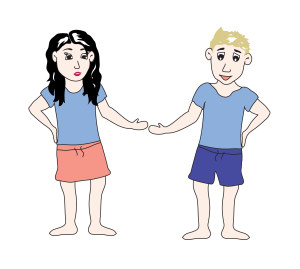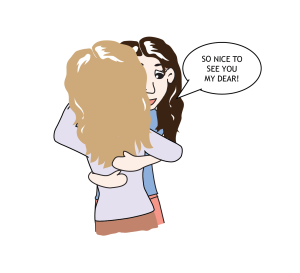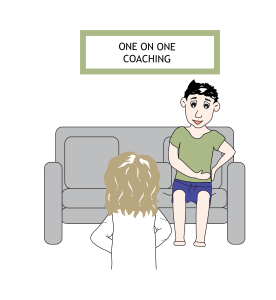What Are You Really Saying? Unlocking the Secrets of Good Communication
„You cannot not communicate.”(Paul Watzlawick)
Communication is everywhere and makes our interactions possible. But communication is not just a simple tool for giving objective information. We’re constantly giving signals in our communications and creating an atmosphere for personal relationships. We communicate inner feelings and expectations along with information.
How you talk to someone makes a world of difference. Communication can make relationships stronger. Good communication is a powerful tool for your personal life and career. In seminars as well as one-on-one sessions, I help clients develop awareness and skills for improved communications.
When we enter a conversation, it helps to first think about any inner pressure or bad feelings and where they are coming from. Taking a moment to examine this and determine what and how we want to communicate can yield much better results, for us and the others involved.

There are essentially four parts to our communications (Friedemann Schulz von Thun):
- The factual: data or objective information
- Self-revealing/self-disclosure: consciously or unconsciously we reveal information about our feelings, motivation, values
- Relationship layer: we express how we get along and what we think about the other person. Depending on how we talk to the person (formulation of the language, body language, intonation, etc.) we express respect, friendliness, disinterest, compassion, contempt or a wide range of relational aspects. How we hear messages and respond is often tied up in the relationship as well.
- The wish/appeal: what I’m seeking (my desire, advice, instruction)

In working with clients, we explore current communication concerns and often find hidden messages and misunderstandings at the heart of relationship struggles or work conflict. Then, we can develop non-violent communication techniques to improve these areas. Non-violent communication is based on the concept that most conflicts arise from miscommunications about our needs and a use of manipulative or coercive language. By using that type of language, we never really clarify our needs, feelings, and desires, which creates or furthers conflict.

During sessions we may review a conversation to analyze how things are being communicated. What does my communication tell about myself? What feeling am I conveying? What am I seeking from this conversation? Practicing non-violent communication techniques not only shows the client how, but lets them feel the difference when speaking this way.
Julia Söllner is a psychologist and coach who uses a solutions-based approach to help clients access a range of tools for improved communication, self-awareness and stress management. If you’d like to improve your relationships, personal or workplace communications, contact Body & Soul to make a consultation appointment with Julia.

